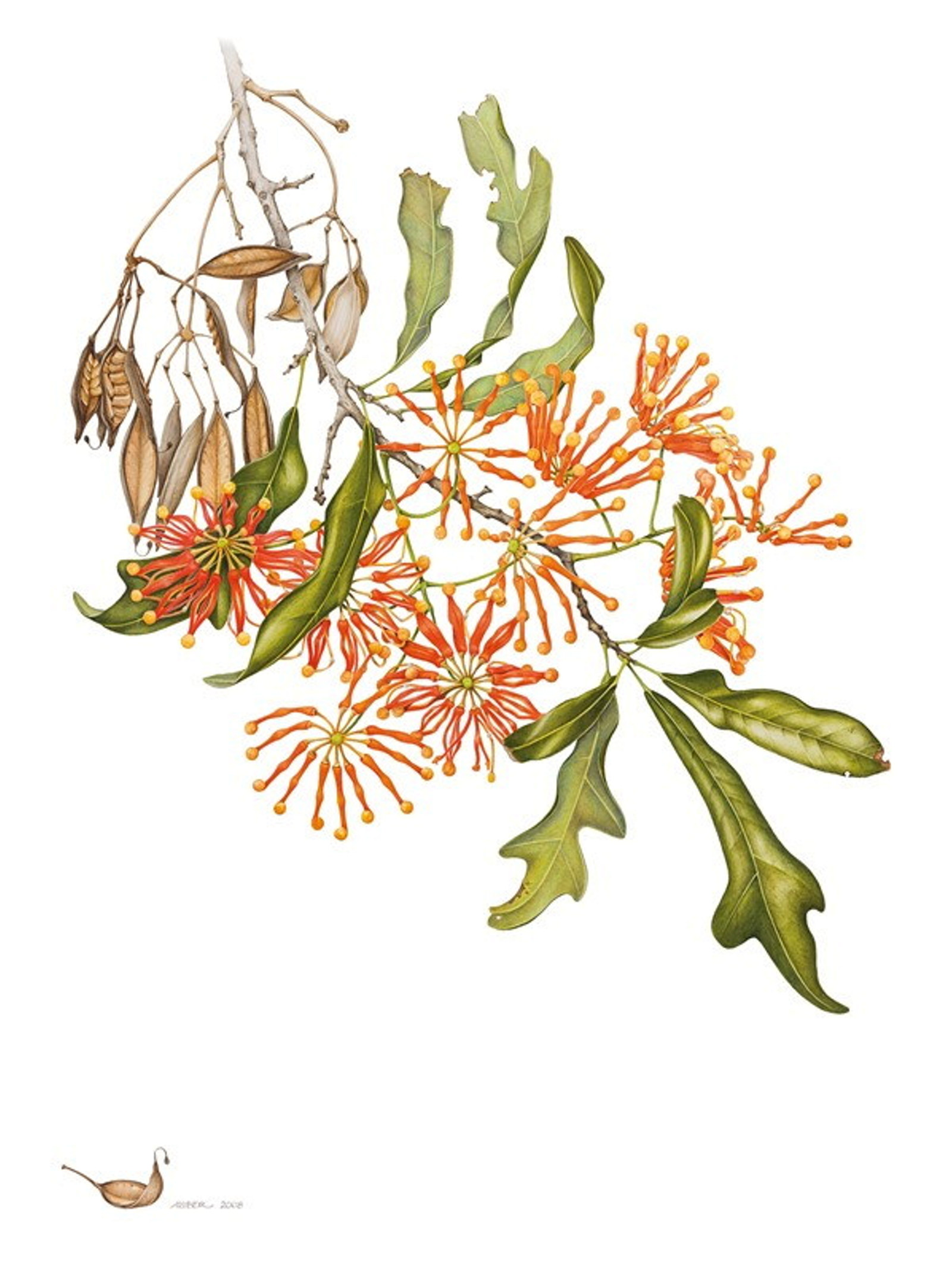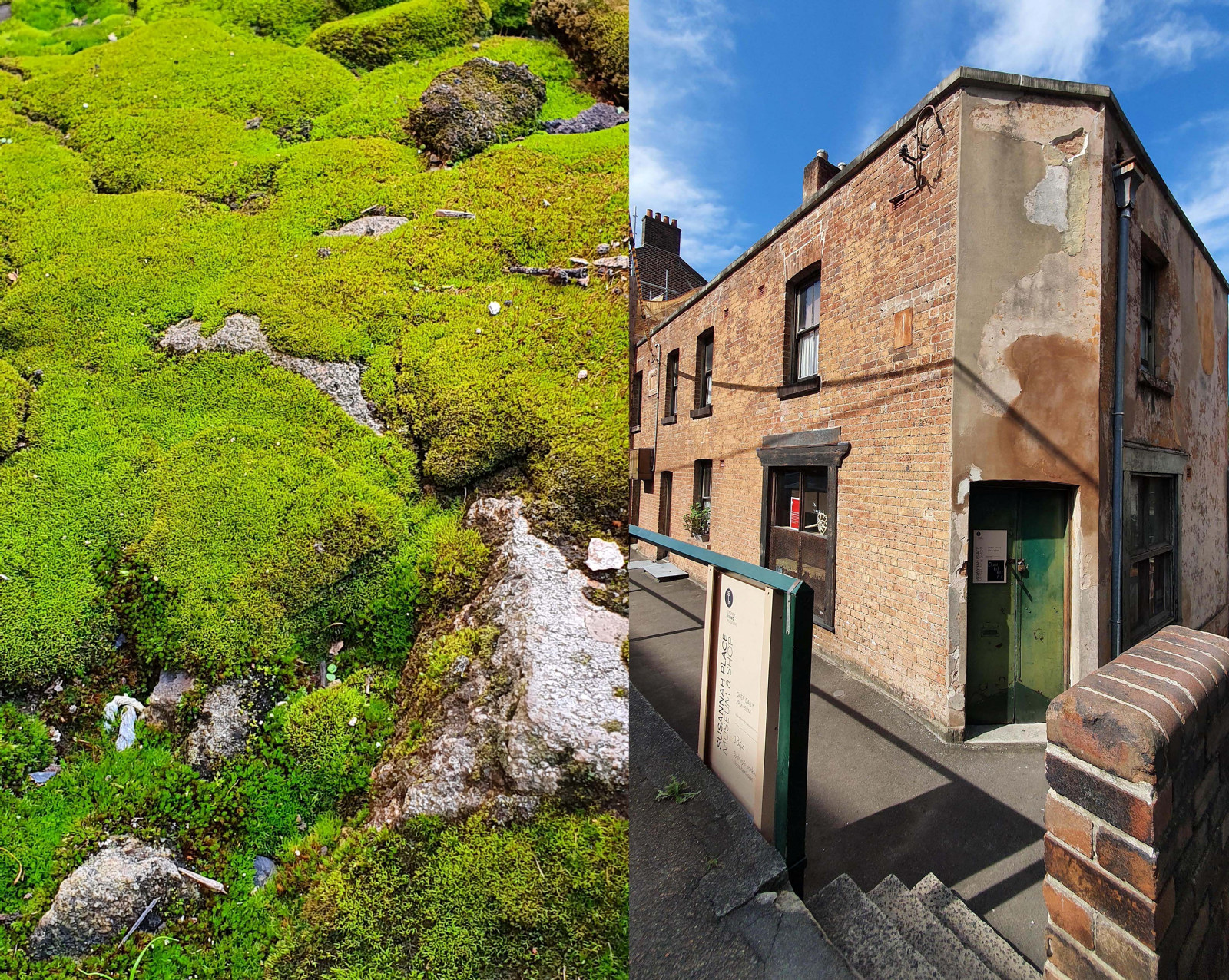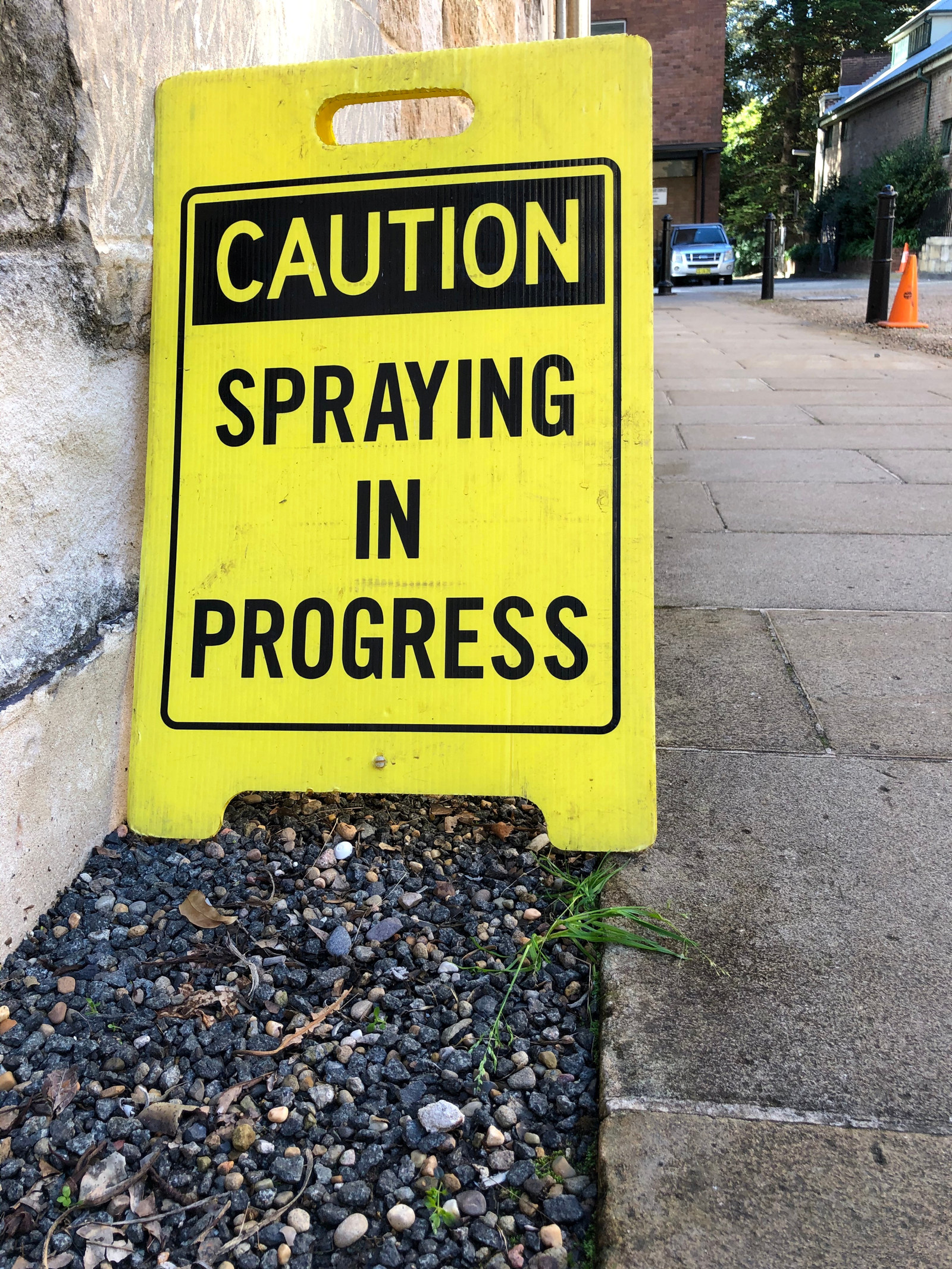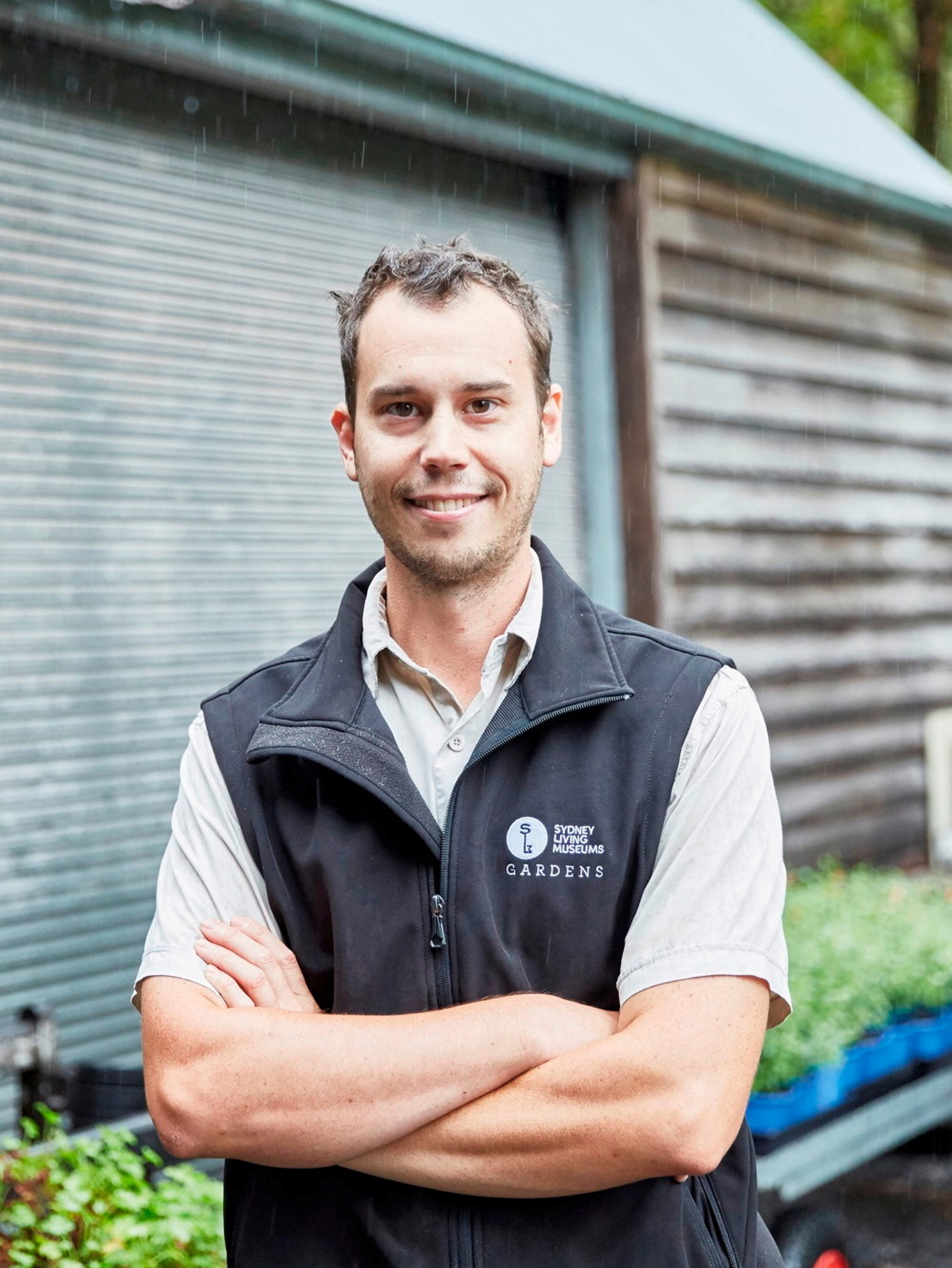Working alongside an aging tree population
Looking after some of the oldest houses and museums in New South Wales means we also have some of the oldest plantings living alongside those properties. As built structures get older, they require conservation and repair. So too do our aging – or senescent - trees. We are working hard to prolong and maintain these plantings - with the understanding that unfortunately no tree species lives forever.
Monitoring our trees' health and condition is a large part of ensuring the survival of our historical plantings and endemic species. Each tree is checked over annually by qualified arborists, and continually monitored by our own team of horticulturists. The arborist provides recommendations to ensure the best tree health and, where possible, these remediations are carried out by our staff. Sometimes contractors need to be called in. Being living organisms, some trees decline and ultimately die or need removal, but we try our best to limit those situations.
We use specialist tree management software - called ‘ArborSafe’ - to assist with monitoring tree health. This program digitally maps all of our trees via GPS; the data is then used by the arborists to rank the trees according to a risk rating (tree health), meaning we can focus on eliminating the biggest risks. This program allows us to input information on each individual tree, such as when a branch has dropped, there has been storm damage, or that a tree seems to be in decline. We can then track the specimen’s health via the arborist's and our own notes. This information may, for example, reveal a pattern forming in relation to branches dropped, indicate die-back, or point to a slow or rapid tree decline. This also goes for pests and diseases; knowing when to expect an impending attack and take pre-emptive action. For example the red-shouldered leaf beetle which dramatically de-foliated our Pepper trees (Shinus molle) at Rouse Hill last year, and could have resulted in the loss of a few significant trees, can now be better predicted and acted upon.
Major branch failures and dieback can sometimes occur unexpectedly and are almost impossible to predict. For example, the large limb failure that occurred on the Chinese elm at Elizabeth Farm was a shock to discover one morning after extreme wind and rain. Sometimes a seemingly healthy tree can be hiding extensive decay on the inside, and this may not become apparent till a branch or the entire tree fails. Like us, however, trees can have ultrasounds (called a Picus Sonic Tomograph) to reveal their insides and assist with a diagnosis.
Recently at Rouse Hill House & Farm we had to remove a large amount of dieback in a Norfolk Island Hibiscus (Lagunaria patersonia), a significant specimen quite close to the main house. The reason for its decline, also heralded by a rush of epicormic growth, has yet to be identified (my thoughts are that borers were a contributing factor). However the large decaying limbs posed a threat to the house and visitors and had to be removed.
We used our elevated work platform to safely remove the dead limbs and branches, working systematically from the top down to avoid any damage to the healthy lower growth. The completed works will be logged into our record for that tree and we will monitor its progress - and give it a little extra TLC - when we are there. This is just one example of our ongoing care of our aging trees and the new insights we gain from working with them.
Next time you are at one of our properties, take a look up see if you can spot one of our living treasures - who knows, they might be a relative of one of the plants in your own garden!
Published on
Plant your history
Browse all
Florilegium plants
A gathering of flowers: the Florilegium collection
Finely detailed botanical artworks reveal the range of plants introduced to Sydney’s gardens over the past 200 years

Plant your history
A mossy analogy for Susannah Place: small but mighty
Mosses are everywhere! They are small, mighty, unsung and inhabit the most unusual places. They can be found in all our museum outdoor spaces if one looks closely enough

Plant your history
A new weapon in the war on weeds
A black and yellow sign warns me there is “Spraying in Progress”, and I wonder for a moment why no one is wearing a mask, or even gloves. But the dangerous looking mist enveloping these men is not what it seems

Plant your history
Acanthus - an apt symbol for The Mint
Look at any classical building today, anywhere in the world and chances are you will find an acanthus leaf lurking somewhere
